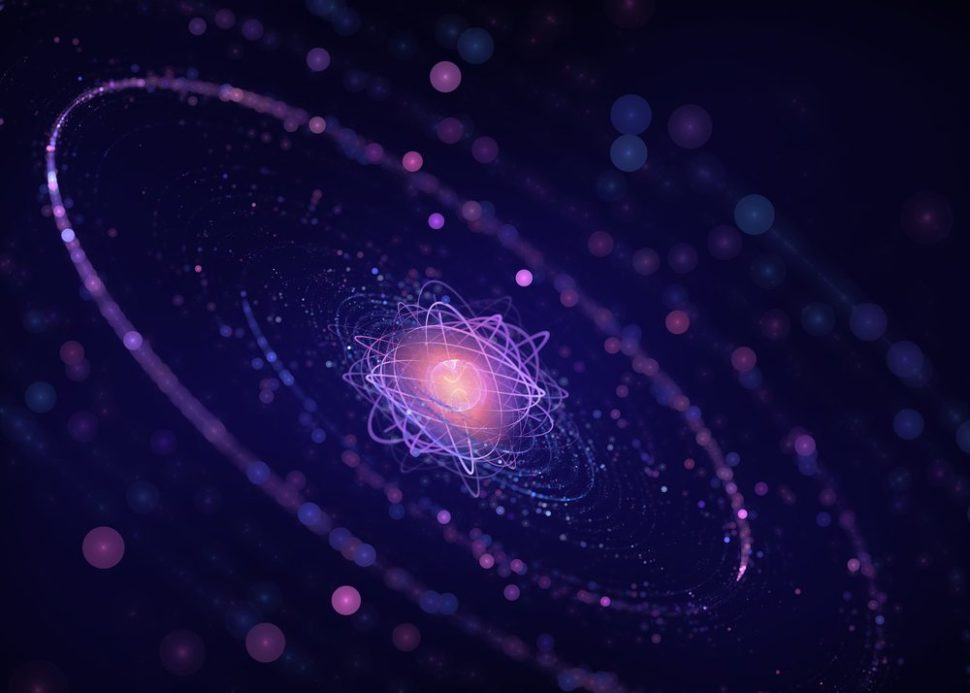For the first time, scientists were able to create a custom molecule using optical tweezers.
Researchers from the Harvard University have reportedly trapped two atoms using optical tweezers before bringing them together. Thus, they triggered a chemical reaction between the two atoms via a photon of light.
This is the first time that atoms were joined together using the said technique. Typically, chemists have to mix up several constituent atoms to form molecules. The procedure often includes the usage of toxic solvents and sophisticated methods to either separate or purify the products of the reactions.
For their experiment, the team of researchers used the laser tweezers to hold one sodium atom and one cesium atom. The atoms were then cooled to less than one ten-thousandth of a degree above absolute zero.
Read More: New Quantum LED Discovery Could Lead to a Quantum Internet
After cooling the atoms, the optical tweezers trapping them were moved towards each other until the laser beams overlapped. This allowed the sodium and cesium atoms to collide. To help the atoms bond and form a sodium cesium molecule, it was shot by a third laser with a pulse of light.
“The experimental demonstration represents for the first time that a chemical reaction process is deterministically controlled,” Jun Ye, one of the researchers, said.
“Control of molecular interactions, including reaction, at the most fundamental level has been a long-standing goal in physical science. When individual constituents can be brought together, and molecules can be assembled or disassembled under fully quantum mechanical processes, then we have gained a full control of chemistry. The current experiment represents a solid step towards these goals.”
The technique was developed by the Harvard researchers as part of their efforts to develop new qubits.
Read More: Is our Consciousness a Quantum System?
It appears that molecules made from different atoms are good candidates since they have stronger interactions with other atoms which is critical in quantum processing. Aside from that, they also have more complex array of energy levels available for storing quantum data.
The Harvard researchers’ study was published in the journal Science.


















Comments (0)
Most Recent